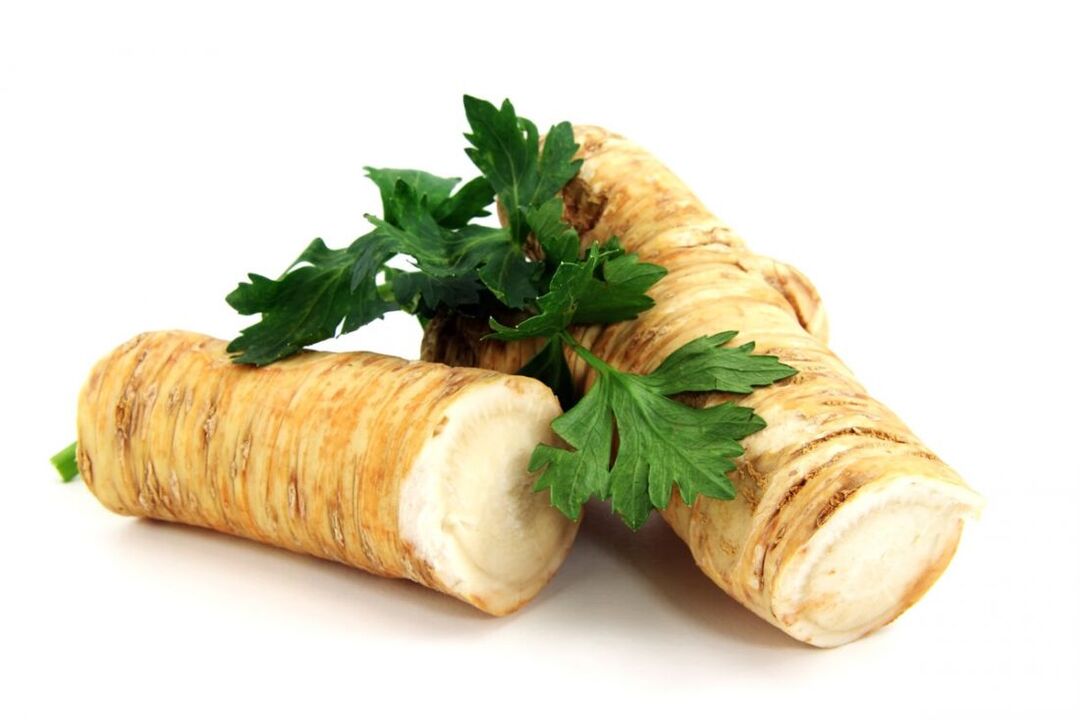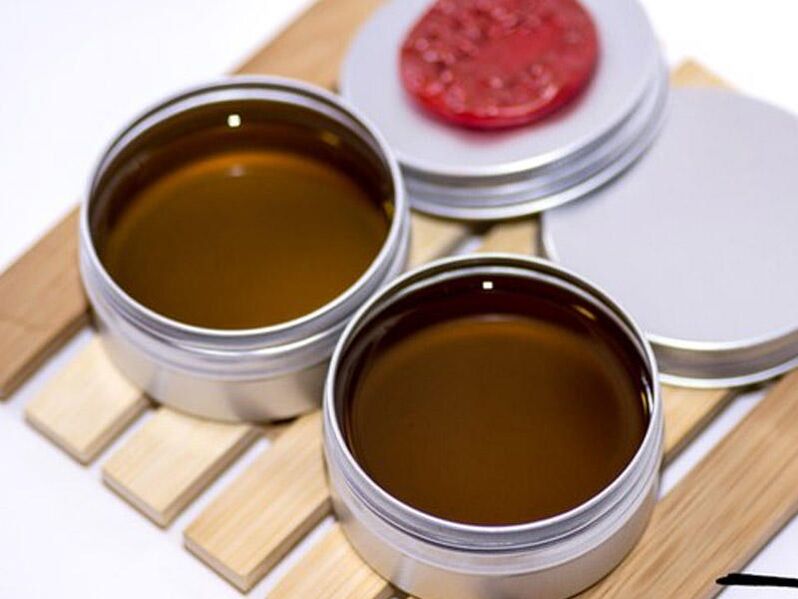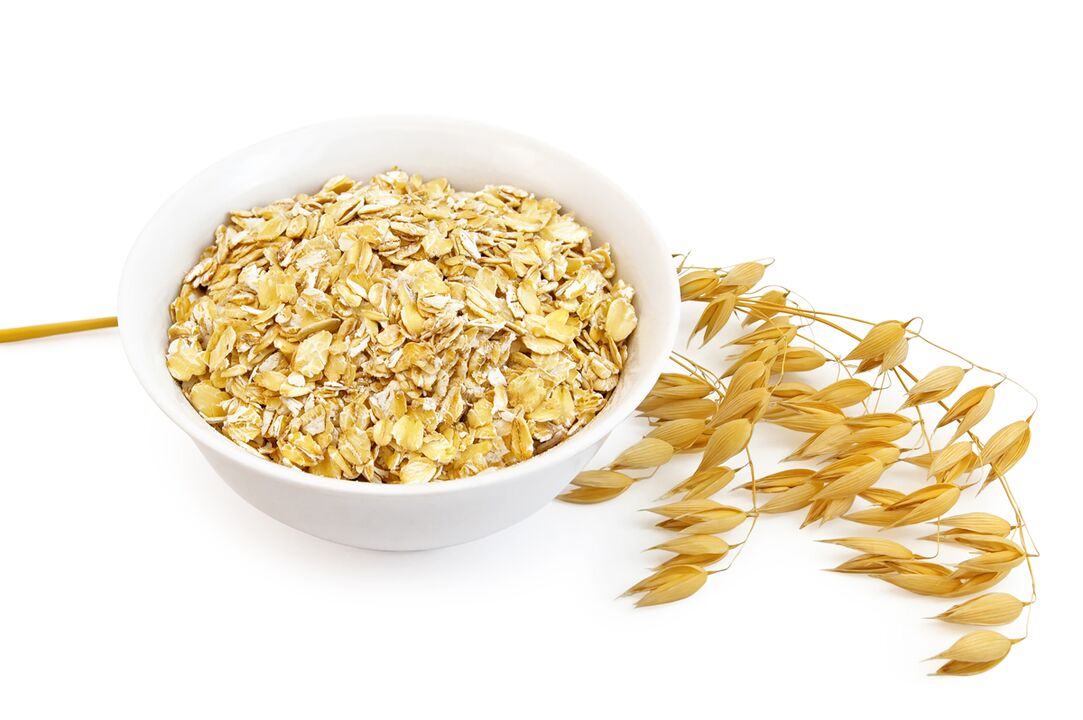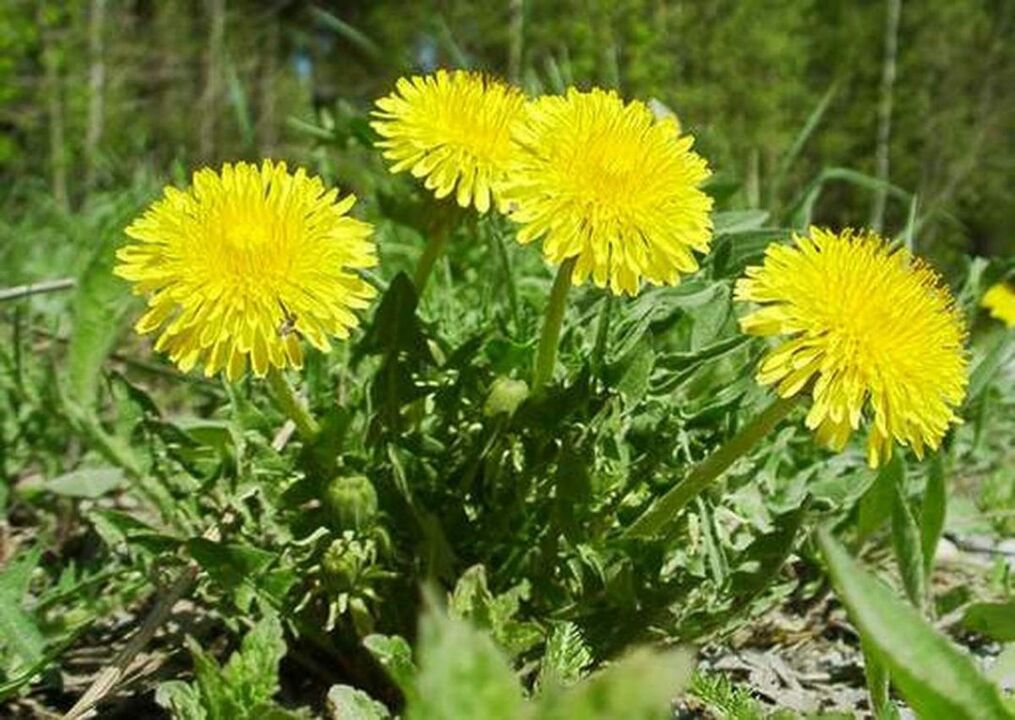
Our lives are poisoned by a multitude of diseases. One of them is knee osteoarthritis. The disease occurs most often in women, mainly after four decades. Many times, the disease can disrupt the lives of overweight people due to increased load on the joints. But the disease can not only affect the body of mature age. It often develops in young athletes as well as after injury, which is why it is often confused with other knee disorders. To make sure you are developing knee osteoarthritis, you need to determine if certain symptoms are present.
symptom
Arthropathy of the knee joint is called knee arthropathy. Knee arthropathy occurs in three stages, each of which is mainly characterized by increased pain.
Diagnosis can be determined by the characteristics of the first stage:
- mild knee pain when walking;
- Increased pain when going down or climbing stairs;
- Severe pain after resting in the morning that subsides over time;
- Swelling of the knee, and in severe cases, synovitis is observed - the accumulation of fluid in the joint pocket, which subsequently fills the space behind the knee.
It's also worth noting that intense pain doesn't come on suddenly. Before that, there will be mild pain in the knee for a long time (usually months).
The second stage of the development of knee arthropathy, in addition to increased pain, is characterized by painful tightening and the inability to bend or straighten the leg normally.
In the third stage, the pain becomes more intense because they can't even sleep now. Now the knee can only bend to a 90-degree angle, and it's hard to find a position that doesn't hurt. In the affected joint, blood circulation is disturbed and it also begins to deform.
Treatment of knee arthropathy in the third stage of development is quite difficult. Therefore, when the first signs and symptoms are detected, it is necessary to immediately look for ways to straighten the joints.
Ways to heal our ancestors
The treatment of knee arthropathy can be carried out both by modern methods and with the help of traditional medicine. When you are allergic to modern medicines or for some other reason modern medicine cannot help you, it is advisable to turn to the recipes of our ancestors.
In addition, folk remedies have an advantage over modern medicines—the prescriptions have been codified for more than a century, which is why they have passed more than one test and truly show efficacy.
Ancestors compiled many recipes for joint disease. Which therapy to choose depends on the availability of the necessary ingredients, the individual characteristics of the body, and the patient's preference. However, if the method of choice does not help you, you should not end traditional medicine. Keep looking and eventually you will get what you want.
horseradish dressing
The miraculous properties of horseradish are used to treat more than a dozen ailments, and the availability of this plant has made this plant very popular. It can also help in the case of knee arthropathy. To cure this disease, you need to prepare a horseradish compress.

To do this, take a few plant roots, grind them finely on a grater, and steam them in water. A pot of water should be kept cold and not boiled. The resulting product is wrapped in a linen towel, soaked in a decoction, and applied to aching joints. This folk remedy should be prepared immediately before use, as horseradish loses its medicinal properties within a week.
prefab compression
Arthropathy of the joints is often accompanied by deposits of salt. Especially the manifestations of the disease afflict the elderly. To relieve this, you can use this folk remedy as a combination dressing.
To prepare this medication you will need:
- medical iodine;
- Ammonia (ten percent);
- Honey (best flowers, collected in May);
- medical bile;
- glycerin.
You can prepare this healing dressing by taking all the healing ingredients in equal proportions, mixing well, and placing in a dark place away from light. Before use, the product must be shaken, pour a small amount into a jar, and warm in a water bath.

Wet a small napkin in the heated mixture, place it on your sore knee, place the cellophane on top, and wrap everything in something warm (wool scarf or scarf). Use this folk remedy daily until full recovery.
Cabbage Leaves Compressed
A folk remedy like a cabbage leaf compress is an effective and easy-to-prepare remedy. To start treating the joints, you need to take a fresh cabbage, tear off a few leaves from it, apply honey to the inside of the chi, and apply it to the sore knee. For added effect, place a plastic bag on top, followed by a warm fleece cloth. It is best to apply it for at least a month before going to bed.
oatmeal
Preparing this folk remedy is also simple. To do this, take five tablespoons of oatmeal (same as Hercules) and pour in a small amount of boiling water to make a thick porridge. Bring the resulting mixture to a boil for no more than 7 minutes.
Once cooked, transfer the porridge to a natural fabric (wool or linen) and stick it to your sore knee. From above, wrap the leg in cellophane and tie everything with a bandage. Do a compress before bed and remove only in the morning. This folk remedy must be prepared again before being reused.

pressed on eggshells and kefir
To heal joint pain, use crushed eggshells and kefir. After mixing the two ingredients until a thick slurry forms, transfer it to the linen. Apply the finished remedy to the painful area for no more than three hours. To enhance the effect, place cellophane on the linen on your lap.
Dandelion Compress
Traditional medicine uses dandelion to prepare many medicines, which are also used to treat arthritis. To prepare the composition, flowers collected in May, as well as already dried leaves and inflorescences can be used.
If you have flowers, you must wash them thoroughly and chew them thoroughly until a thick slurry forms. If you only have dry leaves and flowers, then you have to fill them with hot water before chewing.
The resulting mixture was applied to the diseased joint, covered with a plastic bag, and left indefinitely. It is worth using this folk remedy every day.

Camphor-based ointment
Ointments are often used to treat arthropathy of the joints. One such ointment can be prepared from the following ingredients:
- Camphor, 50 g;
- Alcohol, 100 g;
- mustard powder, 50 g;
- Eggs, 3 pcs.
Take camphor and dissolve it in alcohol. Then, mustard powder is added to the resulting solution and everything is mixed. After that, beat the egg whites separately and add to the pre-prepared medicine. The resulting ointment should rub the joints.
celandine ointment
The fact that celandine can treat many ailments is well known, but not everyone knows that celandine-based ointments are used to treat knee joint diseases. To prepare it, you need to take three tablespoons of chopped celandine, pour them into a bottle, and then pour in 250 ml of sunflower oil. The resulting mixture should be infused for 2-3 weeks.
To treat the affected joints, it is necessary to rub the ointment into the affected joints with massaging movements. Can be used as a massage ointment. Apply for at least one month.
Inulin and mummy salve
Folk remedies use the healing properties of Inulin to prepare many medicines. To prepare this ointment, you need to mix 50 g of Inulin and 125 ml of alcohol. The knee can be treated after the ointment is injected in a dark place for two weeks. Daily rubbing can significantly speed up the healing process.
Honey can also be used as an ointment, only pre-mixed with mummies. To do this, take 100 grams of bee product and 3 grams of mummy and mix the ingredients until homogeneous. Treat your joints with this ointment for a week at bedtime.
For over a hundred years, our ancestors have developed treatments for knee joint disease. This is why they have such potent therapeutic properties. However, before you start using one or another drug for joint disease, talk to a specialist.


















